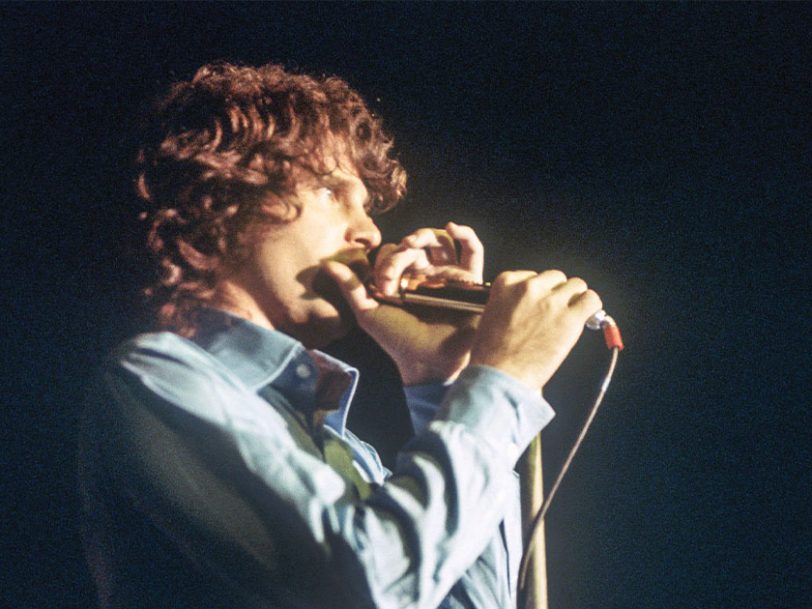The recording: “To perform the execution action we shot off a real rifle”
Melody Maker magazine described The Unknown Soldier as “an apocalyptic piece which seems to sum up the Vietnam-nourished at the centre of American life”, and the song certainly packed an emotional punch. However, recording it in the studio, during sessions for what would become The Doors’ third album, Waiting For The Sun, proved difficult and time-consuming – not least because the group’s producer, Paul Rothchild, was becoming increasingly obsessed with sonic perfection.
“When it came to The Unknown Soldier, Paul Rothchild approached it like a science project,” Robby Krieger wrote in his memoir, Set The Night On Fire: Living, Dying, And Playing Guitar With The Doors. “Anti-Vietnam sentiment was at its peak, so he thought Jim’s lyric could tap into the vibe of the moment and form the basis of a hit. When it came to the music, he decided to study hit singles to find common traits. What’s the average tempo of a hit single? What’s the average length of a hit single?”
Writing in Riders On The Storm: My Life With The Doors – one of the best music autobiographies to reflect on life in the 60s counterculture – John Densmore recalled the lengths that Rothchild went to in order to capture The Unknown Soldier as he heard it, putting the band through at least 59 takes of what was merely the first half of the song. “To perform the execution action in the middle of the song, we marched around the studio and shot off a real rifle filled with blanks,” Densmore revealed. “It was fun, but I think we spent about two hours getting one gunshot. It seemed absurd.”




